Samsung’s new Edge model may spell the end for another Galaxy S model
The Galaxy S25 Edge could quietly erase the Plus model if it sells well enough.
We may earn a commission if you make a purchase from the links on this page.

Samsung just made its slimmest Galaxy phone official! At just 5.8mm thick, the Galaxy S25 Edge joined the S25 lineup and is already up for pre-order. But beyond the sleek design, this new model could be a major turning point for the Galaxy S series. Why?
If it sells well, it might actually replace the Plus model entirely in next year’s Galaxy S26 lineup. Yep, according to a new report (translated source), it is very likely that the Edge model will take the place of the Plus model, which has been underperforming in the Galaxy S lineup over the past few years.
Apparently, Samsung has already started early development on the Galaxy S26 series and it’s being planned with three models: Standard, Edge and Ultra. The project is still in its early stages, which is expected since the launch isn’t happening until early next year.
However, Samsung has reportedly been looking for a solution for the underperforming Plus model and the new slim Edge phone might be it – but only if it sells well. If the Galaxy S25 Edge doesn’t do great, Samsung could stick with the traditional lineup of regular, Plus and Ultra for the Galaxy S26 series.
Still, I’m not sure the Edge model is the perfect replacement – and it seems Samsung might be a bit unsure about the Edge’s potential, too. Earlier reports claim the brand only set a production target of 1.3 million units for the Galaxy S25 Edge, which is actually lower than what the S25 Plus got.
And there might be a reason for that. While the Edge rocks a 200 MP main camera, tougher glass and that ultra-slim design, it also comes with trade-offs: a smaller battery, slower charging and no telephoto camera – all of which could be dealbreakers for some.
So at this point, both outcomes are still on the table. If the Galaxy S25 Edge flops, we could just see the usual trio of Standard, Plus and Ultra return with the S26 series. But if it takes off, Samsung may drop the Plus model next year.
And Samsung might not be the only one doing this. Apple is also reportedly ditching its Plus model in favor of a slimmer iPhone 17 Air in this year’s iPhone 17 lineup. Its Plus model is not its best performer either and all signs so far point to the iPhone 16 Plus being the last of its kind (at least for a while).
If it sells well, it might actually replace the Plus model entirely in next year’s Galaxy S26 lineup. Yep, according to a new report (translated source), it is very likely that the Edge model will take the place of the Plus model, which has been underperforming in the Galaxy S lineup over the past few years.
However, Samsung has reportedly been looking for a solution for the underperforming Plus model and the new slim Edge phone might be it – but only if it sells well. If the Galaxy S25 Edge doesn’t do great, Samsung could stick with the traditional lineup of regular, Plus and Ultra for the Galaxy S26 series.
So far, Samsung has reportedly shipped 37.7 million Galaxy S25 phones, but the S25 Plus only made up 6.7 million of those. In comparison, the standard model shipped 13.6 million units, while the S25 Ultra reached 17.4 million. So yeah, it is clear the Plus model is the least popular in the series right now.
Still, I’m not sure the Edge model is the perfect replacement – and it seems Samsung might be a bit unsure about the Edge’s potential, too. Earlier reports claim the brand only set a production target of 1.3 million units for the Galaxy S25 Edge, which is actually lower than what the S25 Plus got.
And there might be a reason for that. While the Edge rocks a 200 MP main camera, tougher glass and that ultra-slim design, it also comes with trade-offs: a smaller battery, slower charging and no telephoto camera – all of which could be dealbreakers for some.
|
|
|
| Samsung Galaxy S25 Edge | Samsung Galaxy S25+ |
Design
| Dimensions | |
|---|---|
| 6.23 x 2.98 x 0.23 inches 158.2 x 75.6 x 5.8 mm |
6.24 x 2.98 x 0.29 inches (~0.34 inches with camera bump) 158.4 x 75.7 x 7.3 mm (~8.55 mm with camera bump) |
| Weight | |
| 5.75 oz / 163.0 g | 6.70 oz / 190.0 g |
| Materials | |
| Back: Glass (Corning Gorilla Glass Victus 2) Frame: Titanium |
Back: Glass (Corning Gorilla Glass Victus 2) Frame: Aluminum |
| Resistance | |
| Water, Dust; IP68 | Water, Dust; IP68 |
| Biometrics | |
| Ultrasonic in-screen fingerprint | Ultrasonic in-screen fingerprint |
| Keys | |
| Right: Volume control, Lock/Unlock key | Right: Volume control, Lock/Unlock key |
| Colors | |
| Titanium Icyblue, Titanium Silver, Titanium Jetblack | Icy Blue, Mint, Navy, Silver Shadow |
Display
| Size | |
|---|---|
| 6.7-inch, 89.75% screen-to-body | 6.7-inch, 92.47% screen-to-body |
| Type | |
| AMOLED, 120Hz, HDR | Dynamic AMOLED, 120Hz, HDR, 2600 nits |
| Resolution | |
| 3120x1440px, 20:9 ratio, 513 PPI | 3120x1440px, 19.5:9 ratio, 513 PPI |
| Protection | |
| Gorilla Glass Ceramic 2 | Corning Gorilla Glass Victus 2 |
Hardware
| System chip | |
|---|---|
| Snapdragon 8 Elite SM8750-3-AB (3 nm) | Snapdragon 8 Elite SM8750-AB (3 nm) |
| Processor | |
| 2x4.32GHz Oryon V2 PhoenixL 6x3.53GHz Oryon V2 PhoenixM |
Octa-core 2x4.47GHz Oryon V2 PhoenixL 6x3.53GHz Oryon V2 PhoenixM |
| GPU | |
| Adreno 830 | Adreno 830 |
| Memory | |
| 12GB (LPDDR5X)/256GB (UFS 4.0) 12GB/512GB | 12GB (LPDDR5X)/256GB (UFS 4.0) 12GB/512GB |
| Storage expansion | |
| not expandable | not expandable |
| OS | |
| Android (15) | Android (15), up to 7 OS updates |
Battery
| Type | |
|---|---|
| 3900 mAh, Li - Ion | 4900 mAh, Li - Ion |
| Charging | |
| Fast charging Qi2 wireless charging |
Fast charging Qi wireless charging, Reverse wireless charging |
| Charge speed | |
| Wired: 25.0W Wireless: 15.0W | Wired: 45.0W Wireless: 15.0W |
Camera
| Rear | |
|---|---|
| Dual camera | Triple camera |
| Main camera | |
| 200 MP (OIS, PDAF) Aperture size: F1.7 Sensor size: 1/1.3" |
50 MP (OIS, PDAF) Sensor name: Samsung GN3 Aperture size: F1.8 Focal length: 24 mm Sensor size: 1/1.56" Pixel size: 1.0 μm |
| Second camera | |
| 12 MP (Ultra-wide) Aperture size: F2.2 Sensor size: 1/2.55" | 12 MP (Ultra-wide) Sensor name: Sony IMX564 Aperture size: F2.2 Focal Length: 13 mm Sensor size: 1/2.55" Pixel size: 1.4 μm |
| Third camera | |
| 10 MP (Telephoto) Sensor name: Samsung S5K3K1 Optical zoom: 3.0x Aperture size: F2.4 Focal Length: 67 mm Sensor size: 1/3.94" Pixel size: 1.0 μm |
|
| Flash | |
| LED | LED |
| Video recording | |
| 8K UHD (30 fps), 4K UHD (120 fps), 1080p (240 fps) | 8K UHD (30 fps), 4K UHD (120 fps), 1080p (240 fps) |
| Front | |
| 12 MP Video capture: 4K UHD (60 fps) | 12 MP Video capture: 4K UHD (60 fps) |
Connectivity & Features
| Bluetooth | |
|---|---|
| 5.4 | 5.4 |
| WLAN | |
| a,b,g,n,ac,Wi-Fi 6,Wi-Fi 6E,Wi-Fi 7 Wi-Fi Direct, Hotspot 802.11 a, b, g, n, ac, ax | a,b,g,n,ac,Wi-Fi 6,Wi-Fi 6E,Wi-Fi 7 Wi-Fi Direct, Hotspot 802.11 a, b, g, n, ac, ax |
| USB | |
| Type-C, USB 3.2 | Type-C, USB 3.2 |
| Sensors | |
| Accelerometer, Gyroscope, Compass, Barometer, Ambient light sensor, Proximity sensor | Accelerometer, Gyroscope, Compass, Barometer, Ambient light sensor, Proximity sensor |
| Hearing aid compatible | |
| M3/T4 | |
| Location | |
| GPS, A-GPS, Glonass, Galileo, BeiDou, Cell ID, Wi-Fi positioning | GPS, A-GPS, Glonass, Galileo, BeiDou, Cell ID, Wi-Fi positioning |
| Other | |
| NFC | NFC, Ultra Wideband (UWB) |
Multimedia
| Headphones | |
|---|---|
| No 3.5mm jack | No 3.5mm jack |
| Speakers | |
| Earpiece, Multiple speakers | Earpiece, Multiple speakers |
Cellular
| 5G Bands | |
|---|---|
| n1, n2, n5, n7, n25, n28, n41, n66, n71, n77, n78, n257, n258, n260, n261, SA, NSA, mmWave | n1, n2, n5, n7, n25, n28, n41, n66, n71, n77, n78, n258, n260, n261, SA, NSA, Sub-6, mmWave, 5G Ready International version - n1, n2, n3, n5, n7, n8, n12, n25, n28, n38, n40, n41, n66, n77, n78, SA, NSA, Sub-6 |
| LTE Bands | |
| 1, 2, 3, 4, 5, 12, 13, 14, 18, 19, 20, 25, 26, 28, 29, 30, 66, 71 | 1, 2, 3, 4, 5, 7, 8, 12, 13, 14, 18, 19, 20, 25, 26, 28, 29, 30, 66, 71 International version - 1, 2, 3, 5, 7, 8, 12, 13, 17, 18, 19, 20, 25, 26, 28, 32, 66, 71 |
| TDD Bands | |
| 38, 39, 40, 41, 48 | 38, 39, 40, 41, 48 International version - 38, 39, 40, 41 |
| 3G Bands | |
| 1, 2, 4, 5, 8 | 1, 2, 4, 5, 8 |
| Data Speed | |
| LTE-A, HSDPA+ (4G) 42.2 Mbit/s | LTE-A, HSDPA+ (4G) 42.2 Mbit/s |
| SIM type | |
| Nano SIM, eSIM | Nano SIM, eSIM |
Regulatory Approval
| FCC approval | |
|---|---|
| Date approved: Nov 26, 2024 FCC ID value: A3LSMS936U | |
| Measured SAR | |
| Head: 1.16 W/kg Body: 0.81 W/kg Simultaneous Transmission: 1.08 W/kg |
|
Availability
| Officially announced | |
|---|---|
| May 13, 2025 | Jan 22, 2025 |
| Prices (MSRP) | |
| 12GB/256GB - $1100 | €1249 12GB/512GB - $1220 | €1369 |
12GB/256GB - $999 | €1149 12GB/512GB - $1120 |
See the full
Samsung Galaxy S25 Edge vs Samsung Galaxy S25+ specs comparison
or compare them to other phones using our
Phone Comparison tool
So at this point, both outcomes are still on the table. If the Galaxy S25 Edge flops, we could just see the usual trio of Standard, Plus and Ultra return with the S26 series. But if it takes off, Samsung may drop the Plus model next year.
And Samsung might not be the only one doing this. Apple is also reportedly ditching its Plus model in favor of a slimmer iPhone 17 Air in this year’s iPhone 17 lineup. Its Plus model is not its best performer either and all signs so far point to the iPhone 16 Plus being the last of its kind (at least for a while).
Follow us on Google News

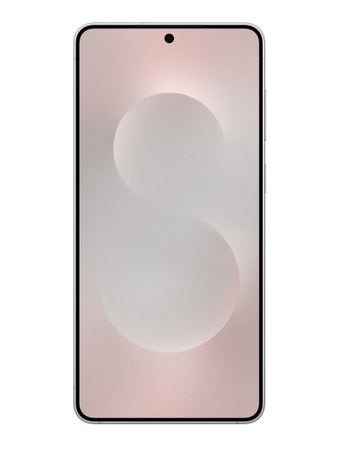
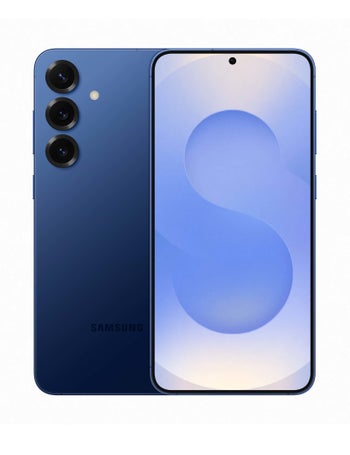


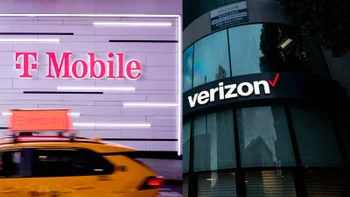
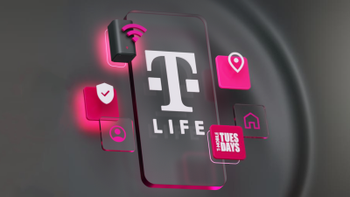
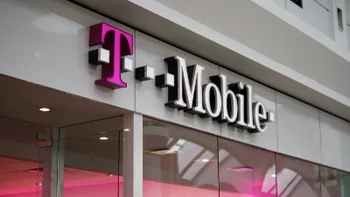




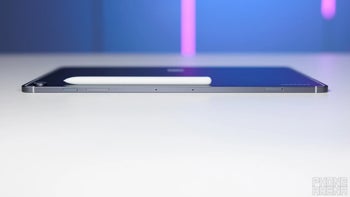
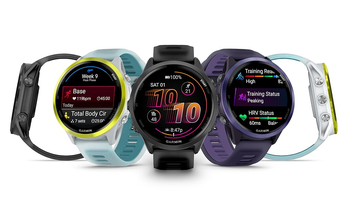
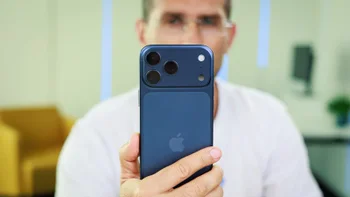
Things that are NOT allowed:
To help keep our community safe and free from spam, we apply temporary limits to newly created accounts: